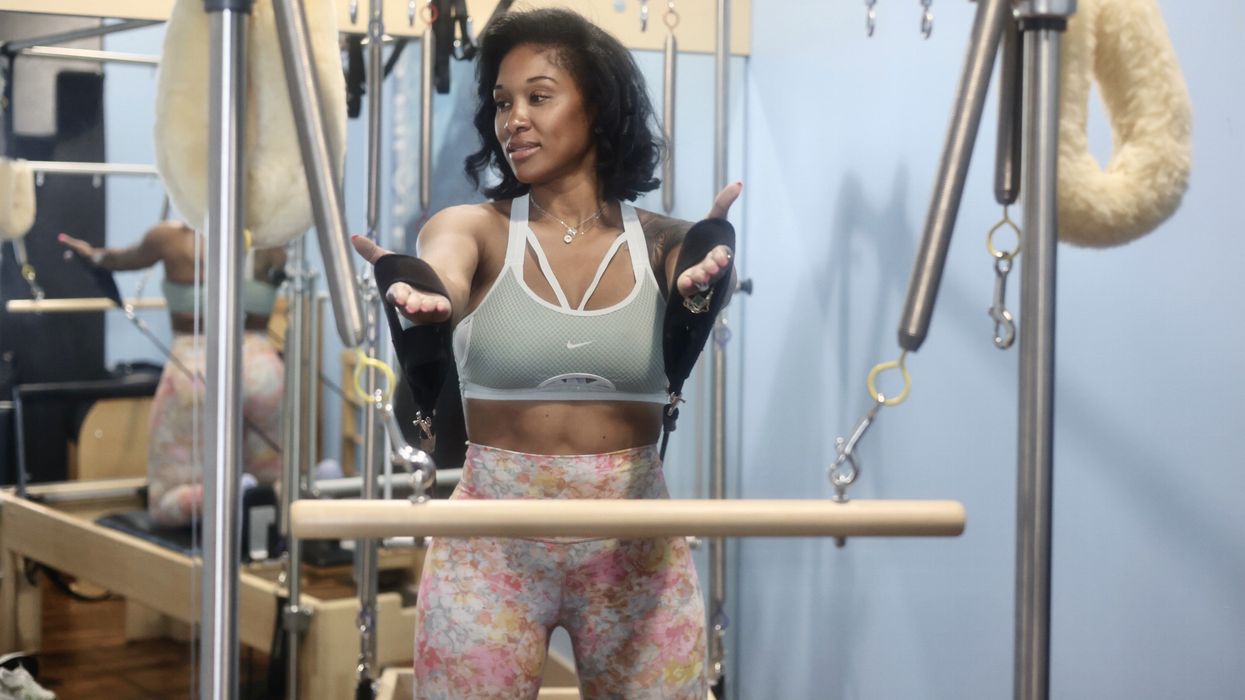True Romance
John Jenkins’ arch, propaganda-savvy show charts the evolution of Romanticism to the advertising age.
FOR A LONG TIME, painting was just something that John Jenkins did. The Memorial-based artist, who has new work up this fall at Nicole Longnecker Gallery (2625 Colquitt St., 346.800.2780), discovered his passion for the palette by playing around with some paint a friend was using for a college art class. At that point, painting was not necessarily anything he’d want to share with the public on a larger scale. “A gallery wasn’t very important to me,” muses Jenkins, now 45. “There’s a lot of pretension that goes along with the gallery scene, and I wasn’t thrilled with it.”
It wasn’t until a friend badgered him into carting his art over to Bering & James Gallery that he found a gallery that assuaged his concerns. The now-defunct gallery signed him on the spot, unburdened him of the art he walked in with, and in 2007 gave him his first solo show, which nearly sold out. His career took off, and now he presents bold new work that zings the media as propagandists.
 Artists John Jenkins with his "Autumn Bomb"
Artists John Jenkins with his "Autumn Bomb"
Jenkins grew up in what he calls a “nerdy family” — both of his parents work for NASA — so a heavy intellectual current flows from this work. The 40 graphic and mostly representational acrylic paintings in his current show, The Triumph of Romanticism, are inspired by what Jenkins sees as the appropriation of Romantic Era notions by the nationalists of the World War II propaganda machine, which evolved into today’s advertising industry.
That evolution is why you’ll find a four-panel piece featuring pinup girls and ’50s housewives painted beneath Chinese characters that alarmingly translate as: “We will not attack unless we are attacked. If we are attacked we will counterattack.” Then there’s a piece that features George Washington and Vladimir Lenin on opposite sides of the Paramount logo.
The show’s darker subject matter is a departure for Jenkins, and unexpected from the amiable artist; he’s worked part-time at the Container Store for the past 10 years mainly because he likes being around people. But then again, there is a subtle humor to be gleaned from how he punctures the zeitgeist. “It’s a fine line to walk, because you don’t want to be offensive,” he says, “but you also don’t want to say the media is bad and advertising is bad because that’s not really what it’s about.”
But according to Jenkins, his critique goes deeper than just the media and places some blame on consumers themselves. “You can’t just blame the media and the advertisers,” he notes. “Sometimes it’s just basically the gullibility of people.”

 Isabel Leonard (photo by Michael Thomas)
Isabel Leonard (photo by Michael Thomas) Leonard in rehearsal (photo by Michael Bishop)
Leonard in rehearsal (photo by Michael Bishop) Organist Brett Miller
Organist Brett Miller